 Headquartered in Jaipur, Rajasthan, RMC Switchgears is regarded as the largest and most reputed manufacturer of electrical enclosures. We have Ankit Agarwal, Director, RMC Switchgears, in a freewheeling conversation with Venugopal Pillai, telling us more about his company, the expansion plans and his vision of making RMC a brand of international recognition. Agarwal also shares his optimism on the Centrally-sponsored Revamped Distribution Sector Scheme (RDSS) that has opened unprecedented business opportunity for RMC Switchgears. Most importantly, Ankit Agarwal asserts that safety, mainly of human lives and also of electrical equipment, is a subject that his company has always been taking extremely seriously.
Headquartered in Jaipur, Rajasthan, RMC Switchgears is regarded as the largest and most reputed manufacturer of electrical enclosures. We have Ankit Agarwal, Director, RMC Switchgears, in a freewheeling conversation with Venugopal Pillai, telling us more about his company, the expansion plans and his vision of making RMC a brand of international recognition. Agarwal also shares his optimism on the Centrally-sponsored Revamped Distribution Sector Scheme (RDSS) that has opened unprecedented business opportunity for RMC Switchgears. Most importantly, Ankit Agarwal asserts that safety, mainly of human lives and also of electrical equipment, is a subject that his company has always been taking extremely seriously.
We broadly understand that RMC Switchgears is into manufacturing of enclosures. Tell us a bit more.
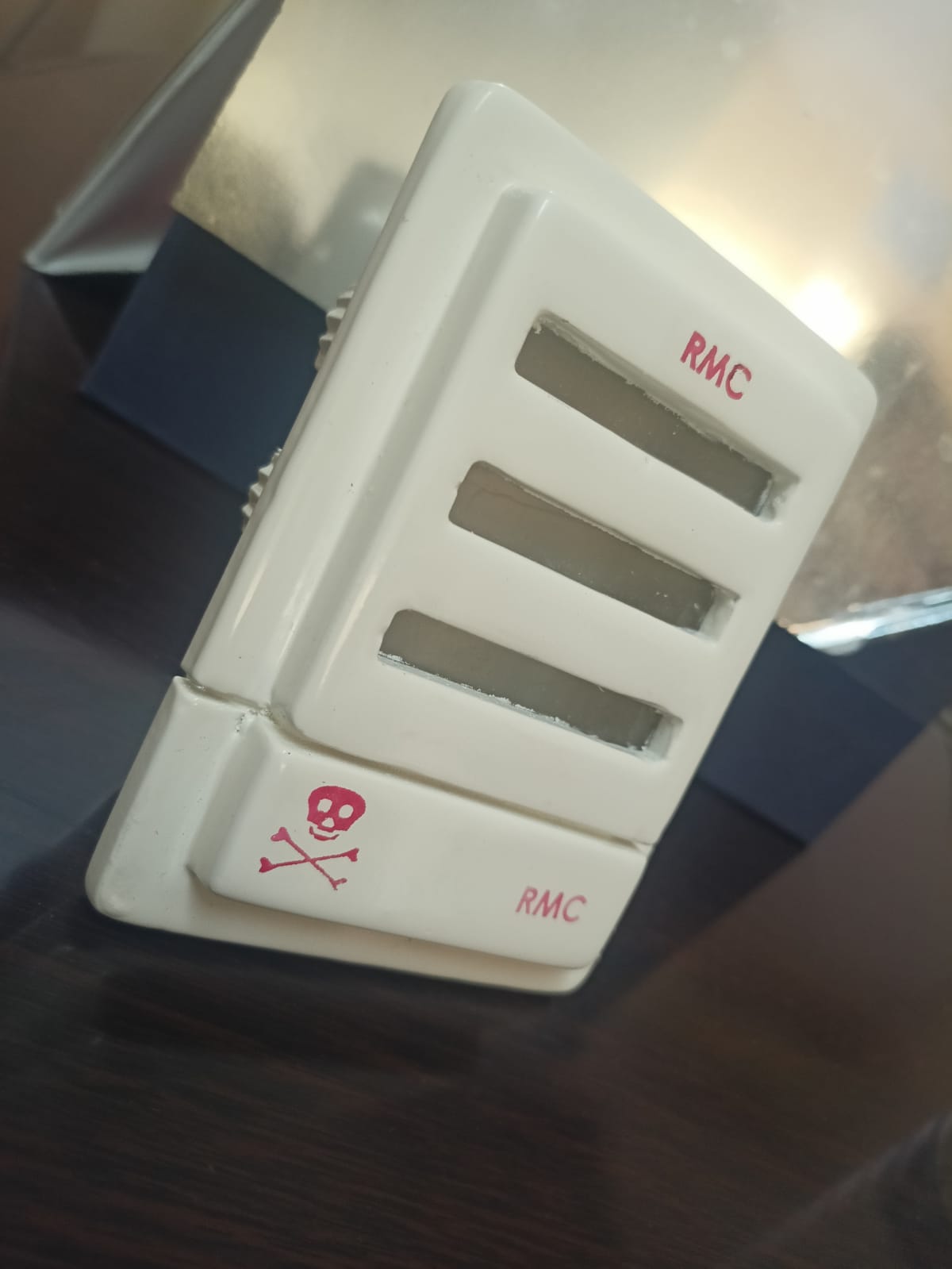 We are the largest enclosure manufacturing company in India. Enclosures are basically required for protection of the electrical device – from theft and from electrocution. Our basic products are switchgear enclosures, FRP fencings, special enclosures for transformer parts, etc. In the case of transformers, if there is a oil leakage, there is a potent chance of a major fire breakout or explosion if the oil spills onto a larger area. Our protection devices try to restrict the spread of transformer oil leakage.
We are the largest enclosure manufacturing company in India. Enclosures are basically required for protection of the electrical device – from theft and from electrocution. Our basic products are switchgear enclosures, FRP fencings, special enclosures for transformer parts, etc. In the case of transformers, if there is a oil leakage, there is a potent chance of a major fire breakout or explosion if the oil spills onto a larger area. Our protection devices try to restrict the spread of transformer oil leakage.
We are not limiting ourselves to supplying equipment (enclosures) but we are also taking turnkey contracts for scientifically installing these enclosures. For instance, if a power utility is facing poor collection (arising from meter tampering), we undertake contracts to relocate the meters and make them tamper-proof.
How do you view opportunities in the power distribution sector?
I would say that in the next 3-5 years, the power distribution sector will be providing equipment suppliers and service providers a quantum of business opportunity that is unprecedented. There is huge scope. However, companies will need to be willing to change from their traditional approach, if they want to truly succeed.
Do you feel that schemes like RDSS will duly address the distribution losses?
The problems in the power distribution space, at least the commercial losses, have always been known but only slow steps were being taken. Smart metering, which is the main component of RDSS, can address the commercial losses aspect.
RDSS is mainly focusing on infrastructure upgrade and minimizing of AT&C losses. However, in upgrade of infrastructure, electrocution has not been taken up, per se. RDSS does not actively look at system protection.
How then does one address the issue of protection in general?
Protection is of two kinds. First, equipment theft has to be curbed, and second, human life has to be safeguarded from accidents related to unprotected equipment.
Tell us more about accidents arising out of electrocution. How can we address this important issue?
Yes, one aspect that perhaps nobody is seriously looking into is the problem of electrocution. Almost 14,000 deaths are taking place due to electrocution every year in India, as per the National Crime Record Bureau (NCRB). Saving human life from electrocution threat will eventually come up as a formal government scheme but we, at RMC Switchgears, have taken this issue very seriously.
At the beginning of this year, we decided that we will be working on just these two issues – eliminating power distribution losses and reducing instances of electrocution. We are focusing on products and solutions addressing just these two issues. Our agenda is very clear.
Can you elaborate on your company’s zero-defect policy?
Yes, we are working towards eliminating electrocution and we also have a zero-defect policy. What this means is that we will of course provide equipment exactly as specified by the customer. Moreover, since we are also highly conscious of the safety aspect, we are putting on us the responsibility of safety even if the customer mishandles the equipment. There should be no untoward incident even if the customer is at fault (for mishandling the equipment).
We want to ensure that only quality equipment enters the power distribution space, so that we can also contribute towards making this weakest link stronger.
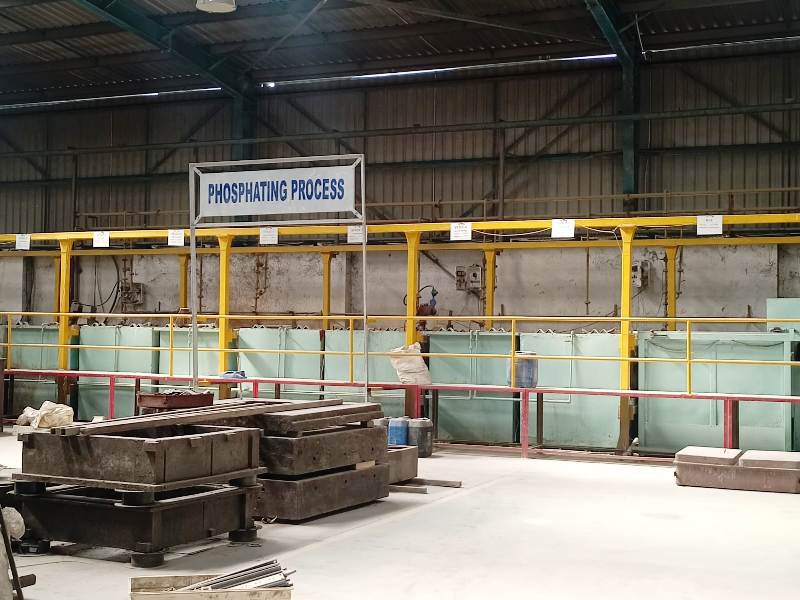
How do you see RDSS benefiting RMC Switchgears?
RDSS has two parts – Part A for smart metering and Part B for infrastructure development. In Part A, we can play a major role in terms of supplying electrical enclosures for the smart meters. Though smart meters are generally not easy to tamper, enclosures can help prevent mechanical or physical damage. In Part B, there is a component for upgrade of distribution transformers. Here substation capacity will be increased to cater to growing load in future, and secondly, physical protection will be provided at points from which electricity tapping or theft is likely.
I can ascertain that the opportunity size for enclosures in the Rs.3-trillion RDSS is in the region of Rs.10,000 crore. There is huge potential.
In view of the opportunity offered by RDSS, do you have plans of capacity expansion?
We have our enclosure manufacturing plant spread over 8 lakh sqft at Jaipur in Rajasthan. There we have divisions for various types of enclosures – polycarbonate, metal, etc. Right now, the capacity is so huge that we are currently running at only 30 per cent utilization. We do have plans to increase capacity as and when the need arises. We have ample land with built-up sheds so enhancing capacity is just a matter of adding machines.
For the supply of enclosures, can we presume that you will be tying up with smart meter manufacturers?
Yes, we will be tying up. I am also happy to state that we are proudly associated most of the top meter manufacturers in India. I would also like to add there since we are extremely quality conscious, leading meter manufacturers look up to us as their first choice!
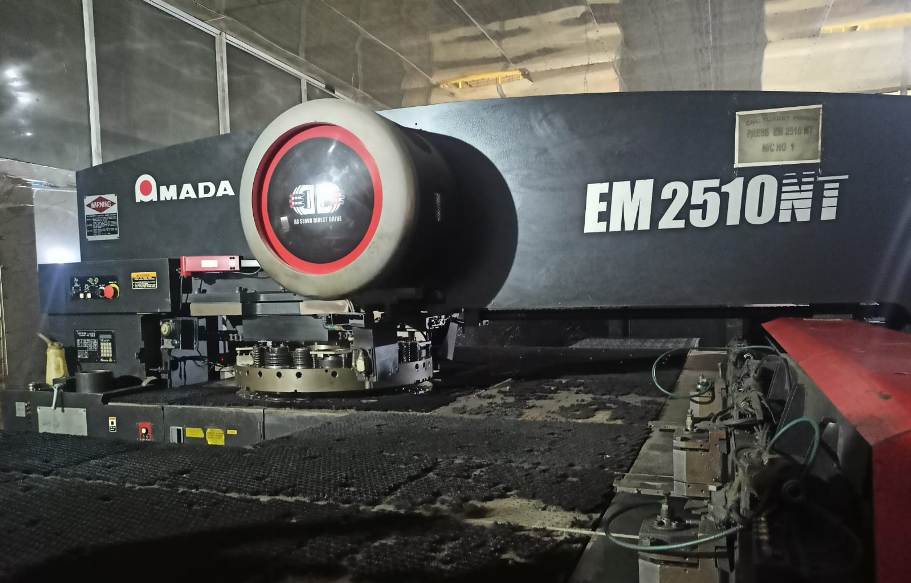
Do you have any exclusive technical collaboration?
We have a separate engineering team and a separate NPD (new product development) team. Obviously, we can do anything 100 per cent in-house. In some cases, we do hire consultants because our main concentration is not to earn fame just because a product was completely developed in-house. We would instead be more concerned about giving the best to our customer. There is so much talent in the country that there is actually no need to hire diverse experts onboard. For a medium-scale company like ours, this would also not be practical.
Last year, RMC had launch an IoT device. What is it all about?
That IoT device was a wonderful piece of innovation. We had it installed in Maharashtra (Kalyan) under a state utility agreement. We had also installed this device in Gujarat (4 units) and Odisha (1) and Rajasthan (2). All these devices are still working fine.
How exactly does it function?
Basically, the IoT device is meant to be placed at the distribution transformer station, near the LT distribution box and the DT smart meter. The DT meter, the distribution box and the smart meter was also combined into a single solution with the help of this IoT device.
With this IoT device, we could achieve many things like scheduling of power. We could also detect faults and send error codes (with the location) to technicians, via WhatsApp. The IoT device is also able to disconnect supply when the load exceeds a predetermined ampere value. This is helpful in areas prone to power theft. This device therefore helped in taking systemic decisions without human intervention.
This IoT device also helps greatly in preventive maintenance. The devices records critical parameters of the transformer and can send out appropriate notifications to initiate preventive maintenance.
Apart from this, it has an electrocution/theft protection sensor that can activate and deactivate the supply automatically. It also has an earth leakage breaker that triggered when the leakage exceeded 25 mA.
Was RMC Switchgears commissioned to develop this device?
It was a proactive step. It took three years to develop this IoT product. It was developed in collaboration with a company in The Netherlands. We took this project with a “startup” mentality of find a solution to address a specific problem.
Why was this product discontinued?
The communication protocol of this IoT product had a China angle as the servers were located in that country. I may add here that private utilities in Delhi (BSES discoms) were ready for 40,000 such devices. Even private utilities in Maharashtra were willing to buy up to 7 lakh units.
We are revisiting the product by trying to change the communication part of the device and make it Indian.
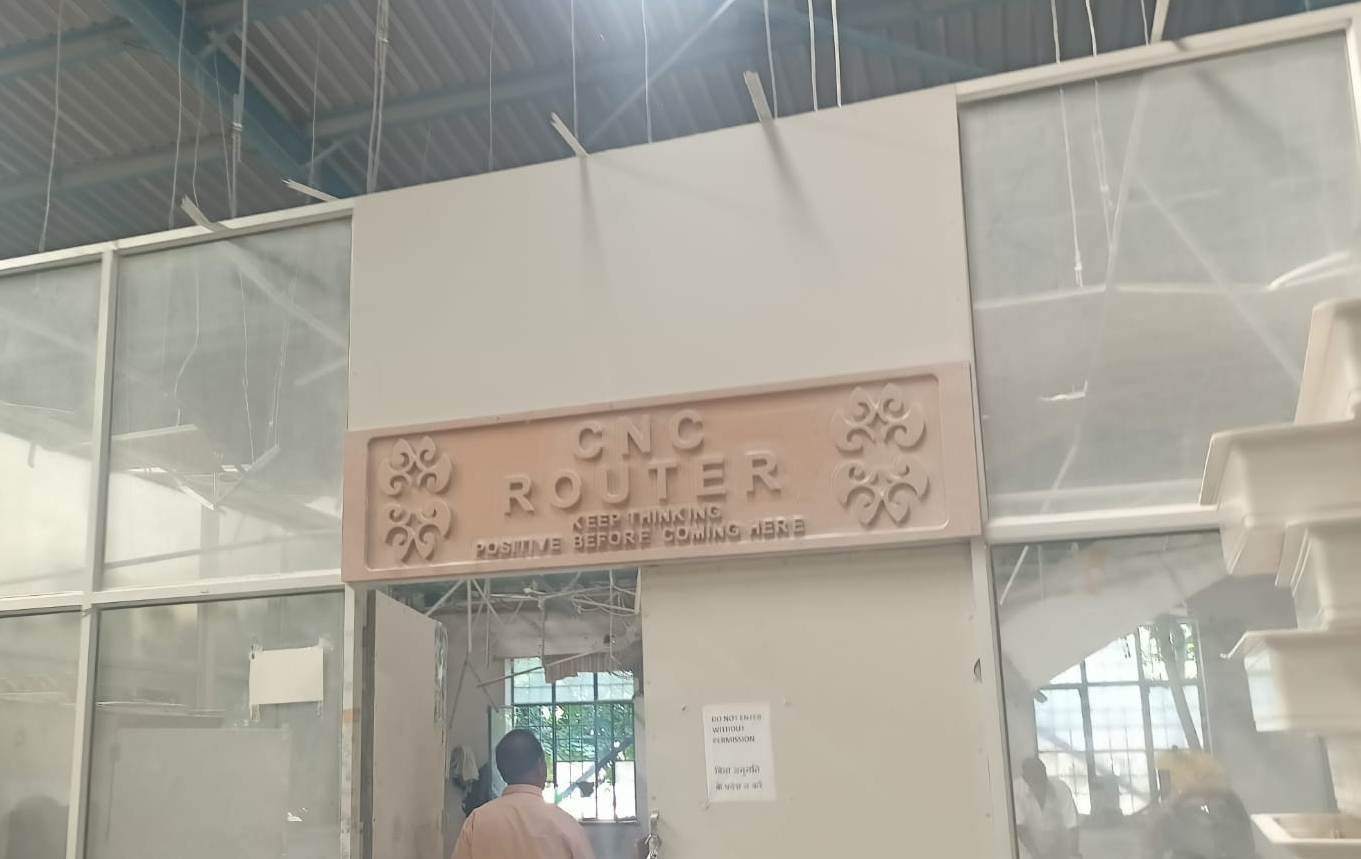
Do you ever plan to enter the switchgear manufacturing business, per se?
We used to make MCCBs. However, we realized that in the switchgear business per se, a lot of R&D will be required in order to churn out innovative products and create market differentiation. Our strength lies in manufacturing enclosures and creating solutions for the power distribution industry. We would very much like to focus on this area and create a competitive edge, rather than entering the switchgear business that already has several seasoned established players.
Discoms are financially weak. How do they respond to futuristic or cost-effective solutions?
Political parties are trying to correct their policies. They are viewing the power sector differently of late. They are no longer using electricity as a plank to win elections. Over the long years, discoms have been facing the downside of poor revenue realization largely because of such politicization of the power distribution sector. Political parties are realizing that votes cannot be garnered by putting the lives of the very people in danger.
Consumers have also begun to believe that if they want good service, they will have to pay for it.
Discoms are also now more open to exploring new solutions that could help them cut technical losses or improve their collection. They are willing to experiment with pilot projects and evaluate their return on investment (RoI). This, I think, is coming to be the new mentality across major state government utilities. State discoms are now thinking like private utilities. Whilst trying out new products and solutions, they (state discoms) are keenly investigating into the benefits that will accrue to the discom, the government and of the end consumer. If a state discom satisfies itself on these three counts, it proceeds with the suggested solution.
Do you notice any difference in procurement policies of private and public utilities?
Frankly, all government utilities are today working like private utilities! Of course, private utilities have a different mindset and a style of functioning. Traditionally, we, at RMC Switchgear, used to always first approach private utilities for marketing our products. Based on their validation, government utilities were more than happy to buy our products. Government utilities were convinced of a thorough product validation by private utilities! But today, government utilities, thanks to their new mindset, have become very proactive.
All the same, the decision-making process is faster with private utilities than their government counterparts. Leaving aside this, as far as mentality goes, government utilities are beginning to match up with private companies.
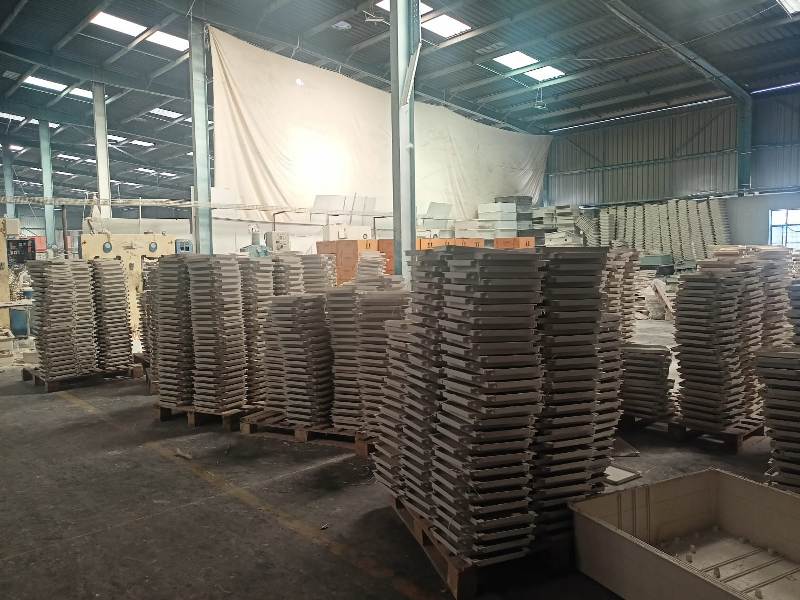
What about RMC Switchgears on the export front?
Yes, we will start exporting by 2027. We will be initially targeting southeast Asia and Africa. We had targeted 2027 for a variety of reasons. Firstly, we will need at least five years to groom ourselves as exporters. Also, the domestic opportunity for our products, over the next 3-5 years, is so huge that we would like to focus sharply on the Indian market. We want to move to “zero defect” and “on-time delivery” of close to 100 per cent.
When we eventually start exporting, and that too to developed countries, we will be dealing with metering companies with much more stringent specifications, product norms, rigorous vendor approval process, etc. We will therefore be investing these coming years in preparing ourselves well for the exports market.
As of now, have you tasted the exports market, say through Indian meter suppliers catering to the overseas markets?
We have done one project with an Indian EPC contractor that was undertaking a power distribution project in Africa. However, this can be regarded as best as a “deemed” export. What we would very much like is to independently establish “RMC” as brand in the global market.
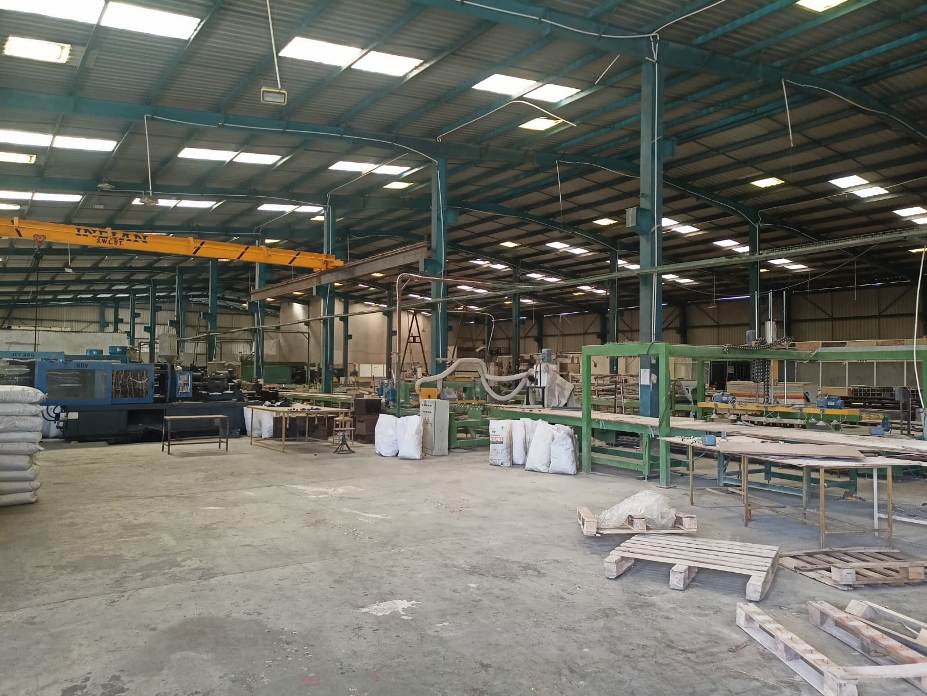
How do you see RMC Switchgears supporting national ideologies, AatmaNirbhar Bharat, in particular?
We were importing our 10-15 per cent of switchgear material from China till around five years. Right now, we are not importing anything! We are today a zero-import company. Luckily, all the raw material is available in India. We have resolved to source all our requirements locally. Secondly, we are always keeping an eye on developments outside India, especially of new products and solutions. Of course, there will be some trial imports in this case for R&D purposes. However, we are very keen to indigenize all products and solutions that we will be developing. The IoT devices discussed earlier is also being indigenized so as to eliminate the “China” dimension.
Where would you like to see RMC Switchgears, say 5-7 years from now?
Over the next three years, we see ourselves as a Rs.1,000-crore company, moving to Rs.2,500 crore in five years and a Rs.5,000 crore-enterprise by 2030.
All photographs seen in this interview relate to products and manufacturing facilities of RMC Switchgears Ltd.


